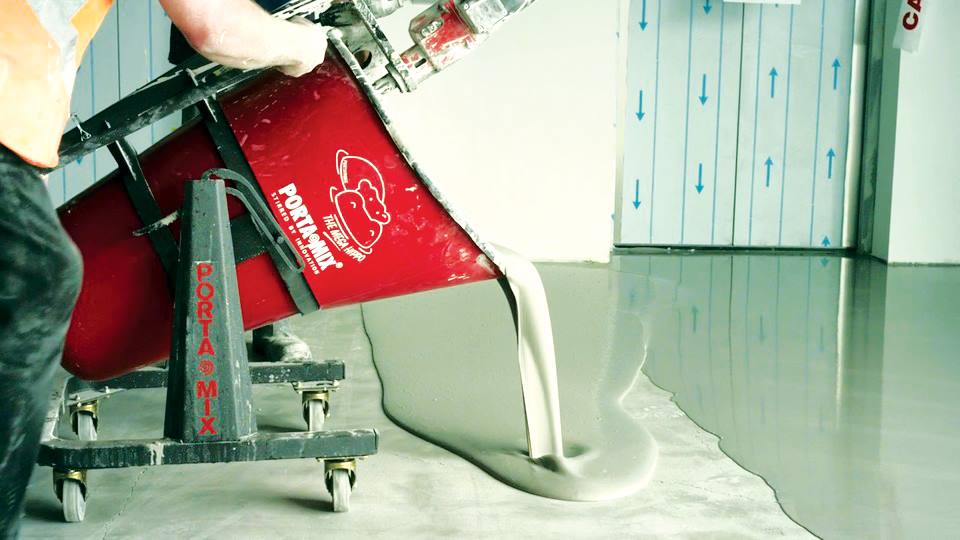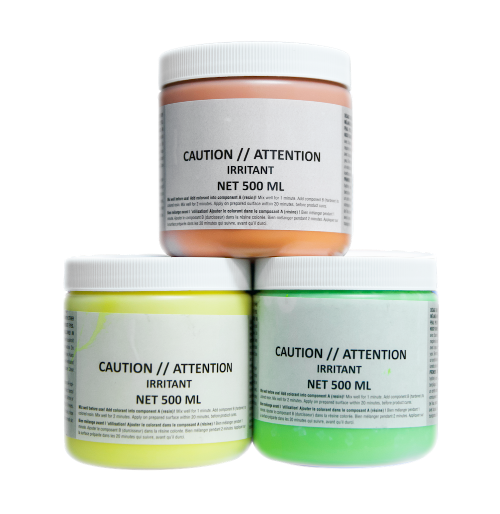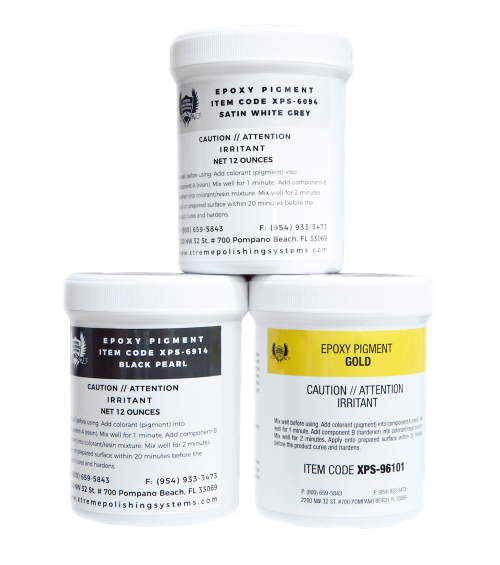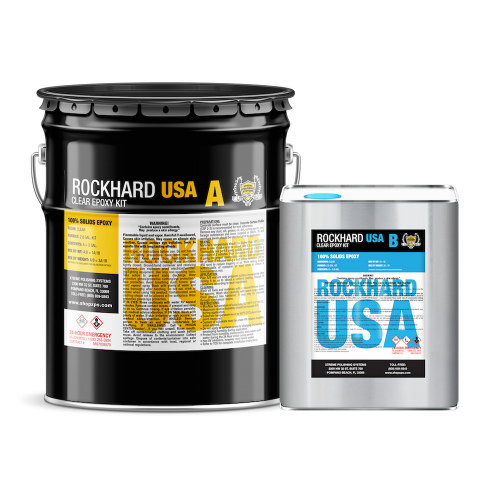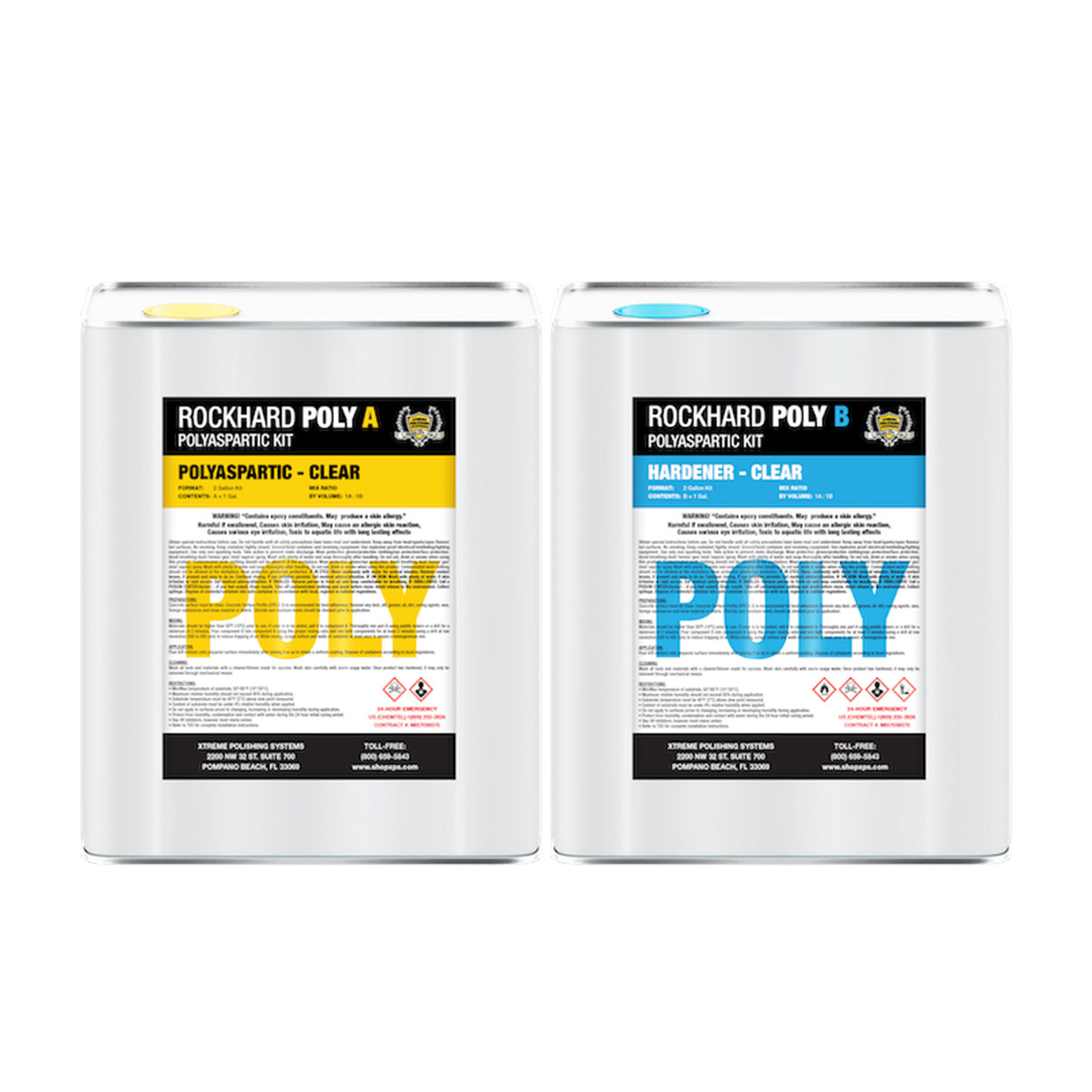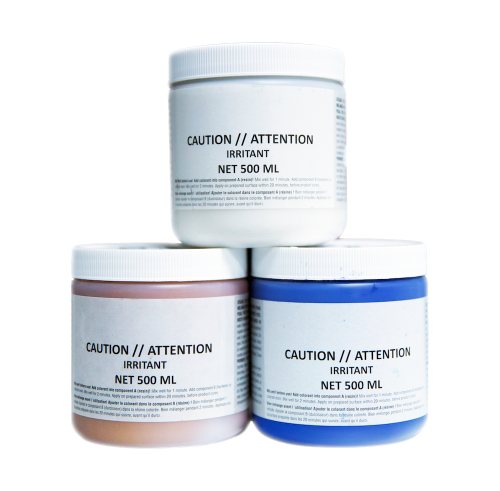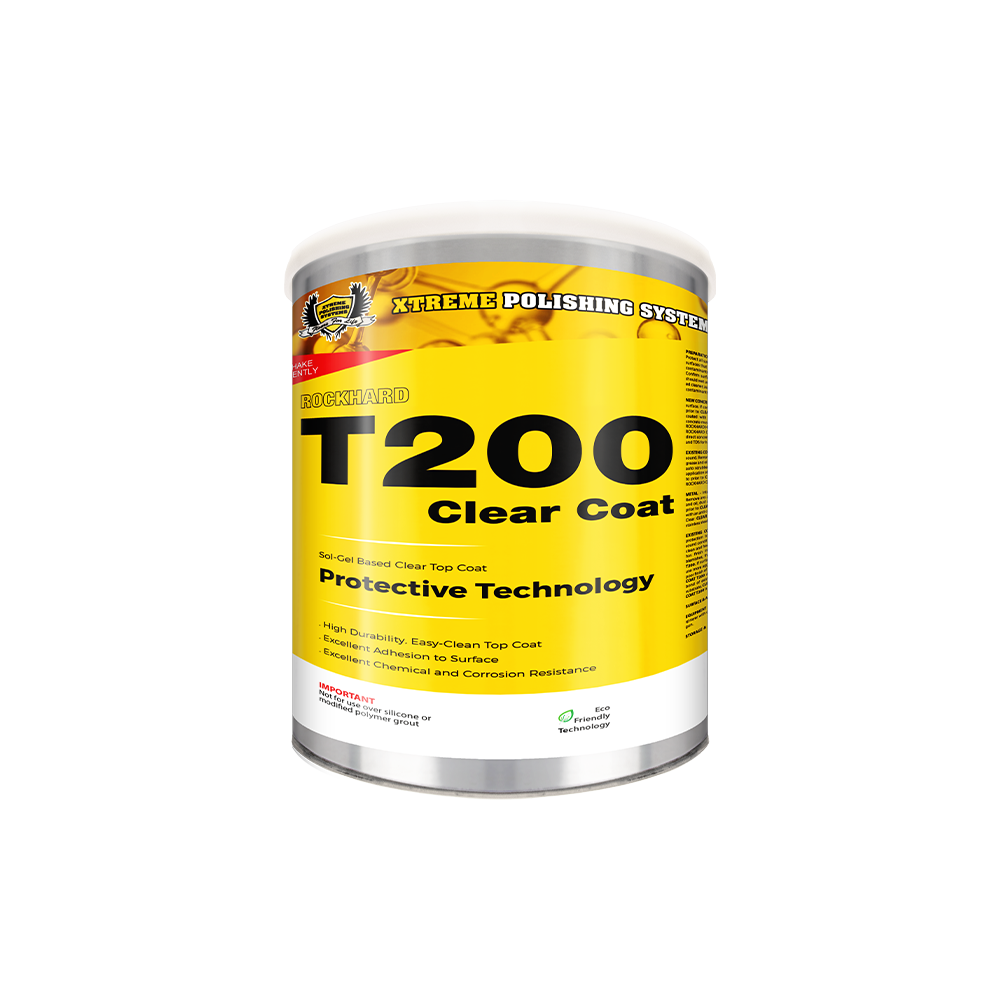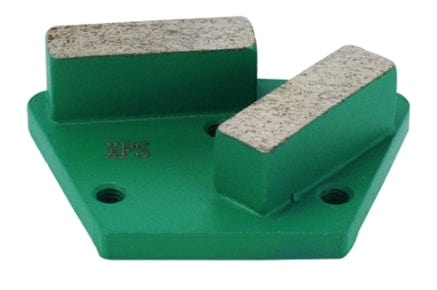What are VOCs?
Many of the goods we use to construct and maintain our homes emit volatile organic compounds (VOCs), sometimes referred to as chemical pollutants. A large number of these pollutants have odorless and colorless properties when they are at low levels. In addition to being released during the use of products such as concrete coatings, they can also be released into the environment during their storage. With time, some products tend to emit fewer VOCs.
Sources of these can be found indoors and in activities such as:
- Painting, varnishing, caulking, and adhesives
- Flooring materials, including carpets and vinyl
- A variety of composite wood products
- Foam and upholstery
- Air fresheners and cleaning products
- The cosmetics industry
- Oil, gasoline, etc.
- Tobacco use
- Services such as dry cleaning and photocopying
- The burning of wood
Is it necessary to monitor VOC levels and contaminants?
Researchers have found that indoor air contains higher concentrations of volatile organic compounds than outdoor air. The presence of VOCs poses serious health risks, so it is imperative to keep them at a minimum. Chemicals in the air can have health effects, but the extent, duration, and frequency at which the chemicals are inhaled determine how harmful they are.
In infants and the elderly, as well as those suffering from allergies, asthma, and other respiratory issues, long-term exposure to low levels of VOCs can cause health concerns. In addition to headaches, breathing difficulties, eye irritation, ear irritation, throat irritation, fatigue, and dizziness, other symptoms may also result from exposure to VOCs.
When exposed to toxic chemicals like toluene and xylene, the nervous system may be damaged. Dementia is the most severe condition that can result from long exposure to toluene. Excessive xylene exposure may cause headaches, fatigue, tremors, impaired concentration, and short-term memory loss. By inhaling chloroform, people begin to develop hepatitis, jaundice, depression, and irritability, which are signs of chronic exposure to chloroform.
Xtreme Polishing Systems follows recommended VOC levels by the World Health Organization (WHO):
- 0 to 400 ppb: VOCs at this level are acceptable indoors. Short-term irritations and discomforts shouldn't occur.
- 400 to 2,200 ppb: There are a variety of symptoms that can appear after short-term exposure, including headaches, nausea, dizziness, and irritation of the respiratory tract and eyes. To improve air quality, it is necessary to increase ventilation when the VOC level exceeds 800 ppb. VOC sources should be identified and eliminated.
- 2,200 to 30,000 ppb: VOC levels at this level are unhealthy indoors. There is a possibility that short-term exposure could cause dizziness, nausea, and loss of coordination. VOCs can damage livers and kidneys over time, as well as cause respiratory and cardiovascular diseases and cancer. Improving air quality by eliminating gas-emitting products and increasing ventilation is the best way to improve it.
One question still stands, however. What are the benefits of regulating VOCs at home?
An improved state of health
There are serious health concerns associated with volatile organic compounds even at low levels. The reduction of VOC levels in the home will prevent asthma flare-ups and allergy symptoms. Studies have shown that cleaner air can also relieve migraines and bronchitis symptoms. Improved indoor air quality could also be beneficial to older people.
Illness Prevention
The long-term adverse effects of VOCs on indoor environments must be taken into consideration when regulating them. There is a possibility of respiratory irritation when VOCs are in higher quantities. Those exposed to the substance for a longer period may suffer liver damage, kidney damage, and neurologic damage. Children who have been exposed to high levels of VOCs are also more likely to suffer from asthma, allergic rhinitis, and eczema. In some cases, VOCs have been linked to cancer, and some studies are being conducted to confirm a link between preterm births, low birth weights, and neurological disorders in children and VOC exposures in pregnant women.
Keeping the environment safe
When VOCs break down in the atmosphere, they react with nitrogen oxides, increasing ozone formation. By regulating VOC levels, we can reduce harmful ozone pollution indoors.
You may now be wondering, how can I regulate the levels of VOCs in my home?
Use non-emitting or low-VOC materials and products
The emission of VOCs from some construction materials is lower than the emission from others. You should choose paints and varnishes that contain a low amount of VOCs. Additionally, make sure that paints, cleaners, and solvents are purchased in quantities that can be used right away so that they don't collect dust. It is recommended that you store VOC-containing furniture or building materials for at least a few weeks before installing them in your home. Gases can escape this way without harming you. The best way to increase air circulation is to open windows and doors for a few weeks if you are unable to do so.
Keep smoking out of the workplace
You can have several health problems and damage to your house due to the toxic compounds present in secondhand smoke, including volatile organic compounds (VOCs).
Keep scented products to a minimum
We are exposed to scents that contain hundreds of chemicals, including VOCs, every day, and these chemicals can have a variety of effects on our health. In comparison to cars, perfumes, hair sprays, and air fresheners emit about the same amount of vapors as hair sprays and air fresheners. Protect your health by choosing fragrance-free products.
Xtreme Polishing Systems improves the level of VOCs in homes in what ways?
By measuring VOC levels and all other critical items in real time, Xtreme Polishing Systems can provide you with accurate warnings and enable you to take action where necessary. As well as helping you understand how to measure and monitor air quality, our product experts will let you know how viruses are surviving and transmitting through the air, and how they may interact seamlessly with your ventilation, heating, and air conditioning systems to manage your indoor air.



